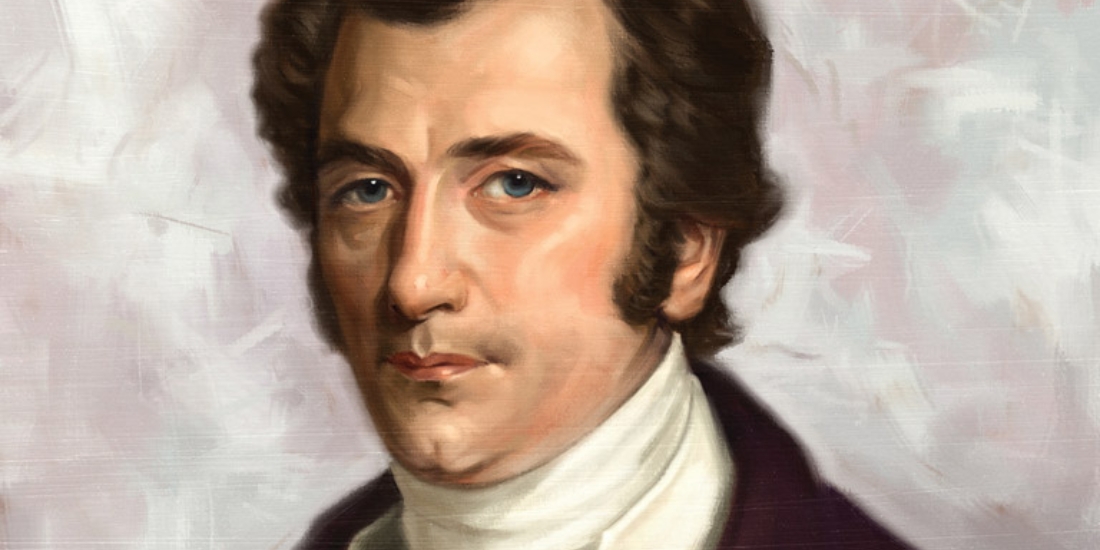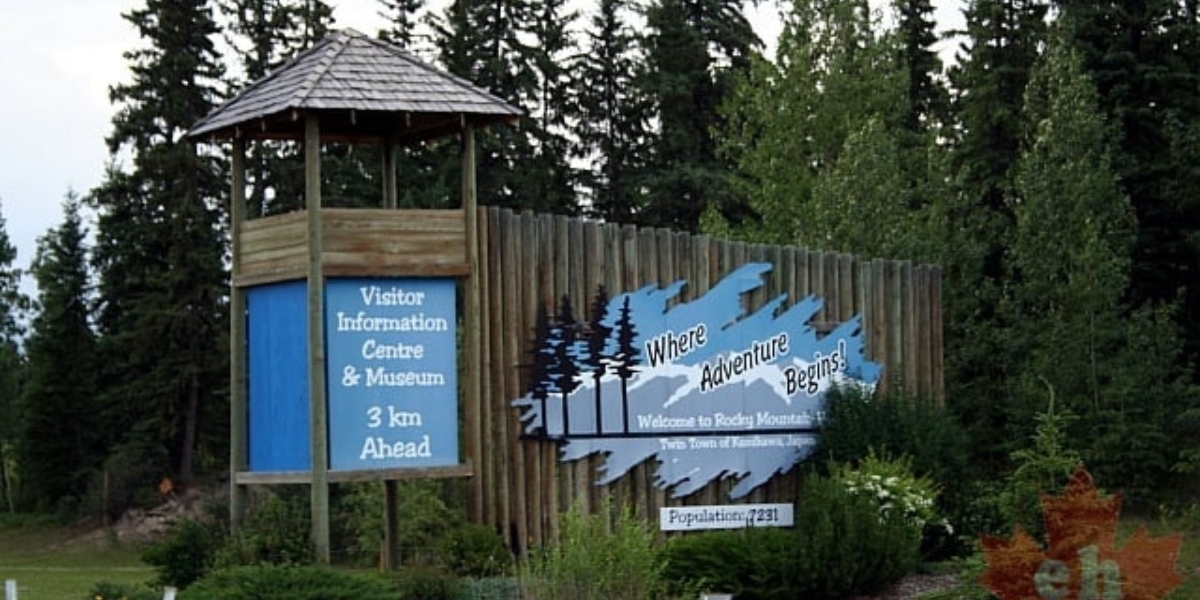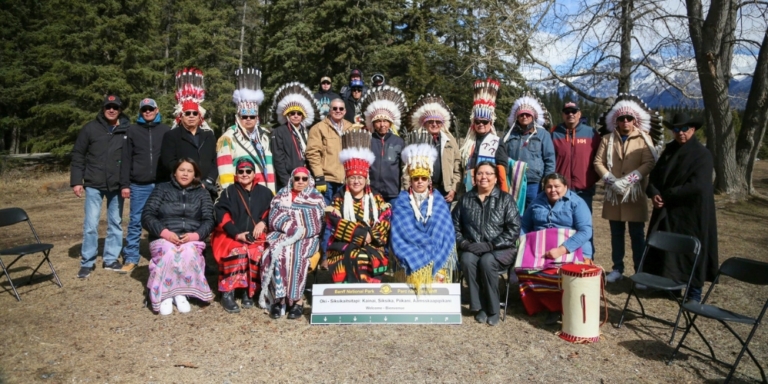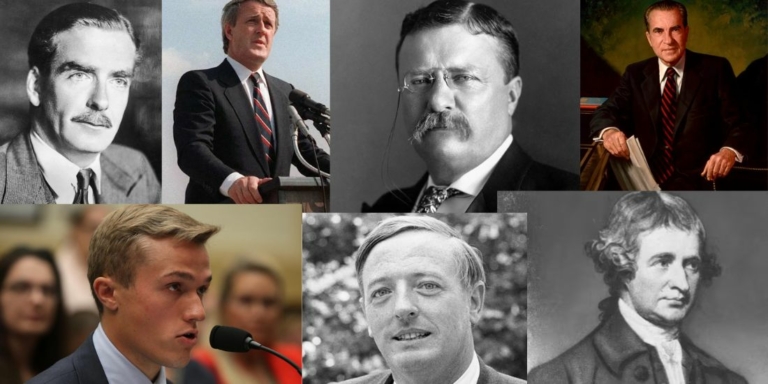Like many small towns in Alberta, Rocky Mountain House started as a humble fur trading post. Over the span of 76 years, the post was abandoned, rebuilt, and re-opened many times.
The Rocky Mountain House wasn’t always needed as a fur trading post, but it continued to be re-opened. One of the most important reasons was to meet the needs of early explorers.
Early explorers like David Thompson. But Thompson wasn’t your run-of-the-mill explorer. In 1784, Thompson came to Canada alongside his employer, the Hudson’s Bay Trading Company (HBC).
The HBC was a fur trading company and Canada’s oldest corporation. If the name rings a bell, that’s because the HBC is still kicking today. But instead of fur hats, the company sells you your favourite five-pack of plain black t-shirts.
When Thompson came to Canada with the HBC, he was just 14 years old. Thompson quickly learned the ins and outs of mapmaking from the HBC’s surveyor and cartographer, Philip Turnor.
Thompson was a quick study and was promoted to a surveyor position with HBC in 1794. But his relationship with the HBC was muddied when the company told him to stop surveying and focus on the fur trade.

This left a bad taste in Thompson’s mouth. Fueled by rage, he walked 130 kilometres in the snow to reach the North West Company (NWC), a competitor to HBC. Talk about a kick in the stones.
Thompson’s bold move wasn’t without its perks. Under the NWC, he could work as both a surveyor and fur trader. During his time with the NWC, Thompson spent years in the Rocky Mountain House, looking for a passage west to the Pacific Ocean.
Finding a passage to the Pacific Ocean would unlock more territories for trading. Put simply; it meant more money.
Thompson’s desire to find a passage led him to the Columbia River. Like a yellow brick road, he followed the Columbia River and eventually made it to the Pacific Ocean.
Thompson became the first white man to navigate the entire length of the Columbia River. More importantly, Thompson’s breakthrough greatly extended the reach of the NWC.
For the 50 years that followed, the passage Thompson discovered was used as a major fur trade route.
Thompson was a master of his craft. Without him, Canada’s fur trade may not have thrived in the way it did.
Thompson’s passion for exploration has since been passed on to those who call Alberta home.





